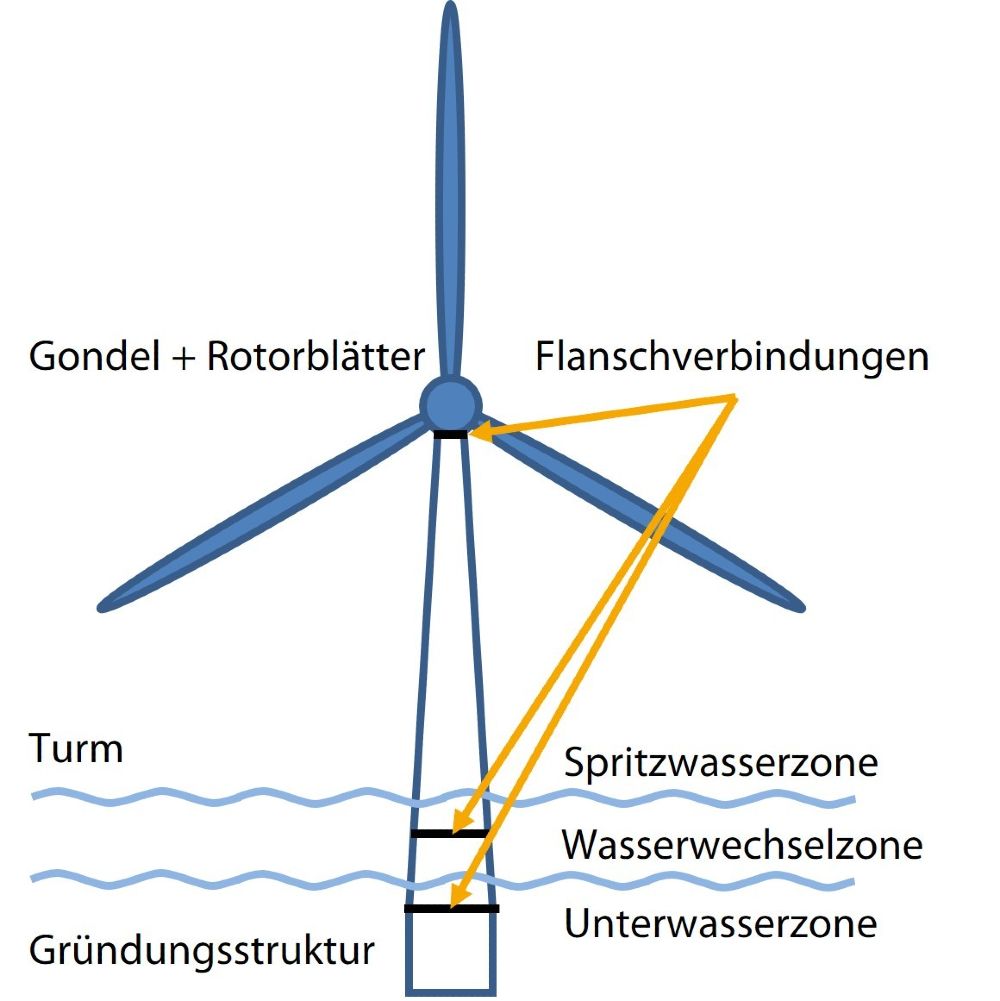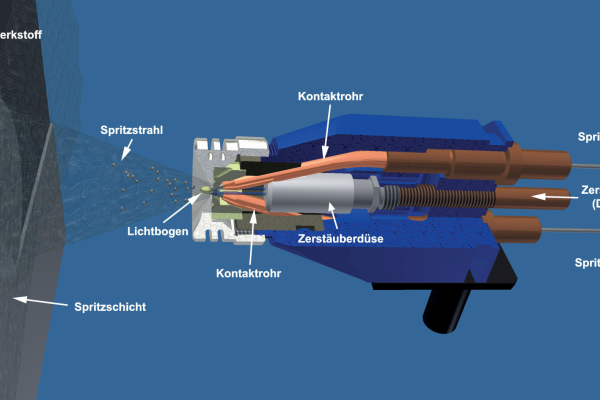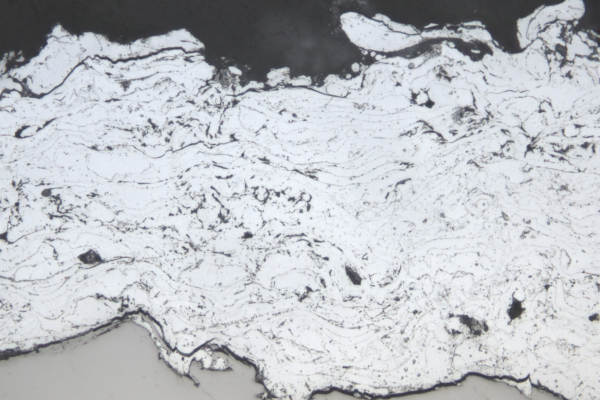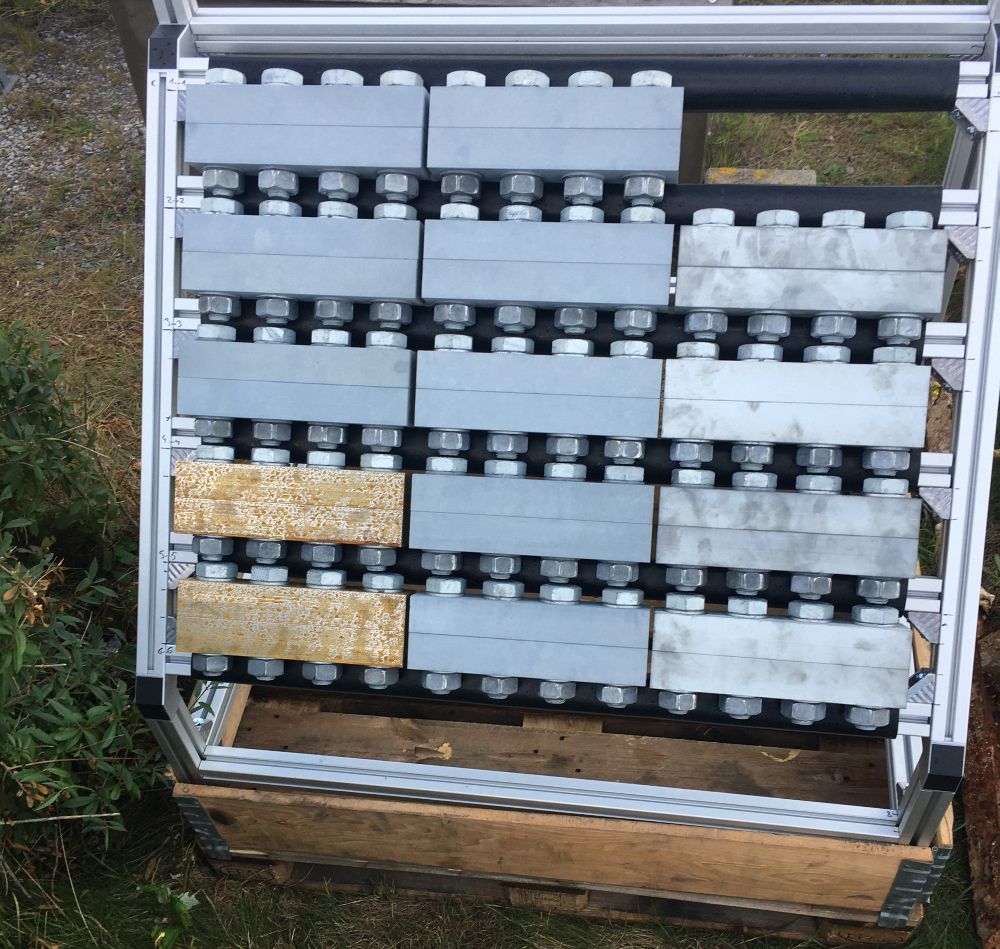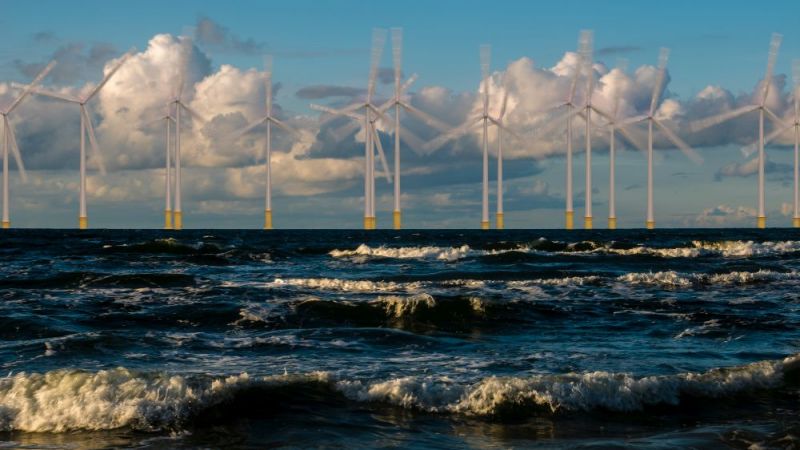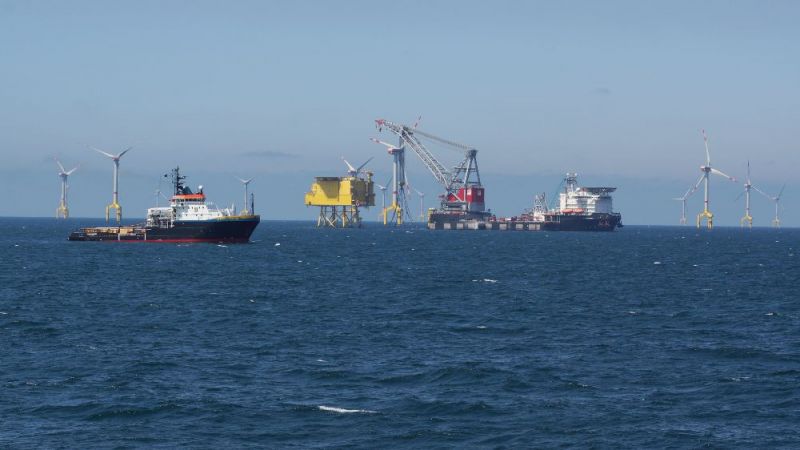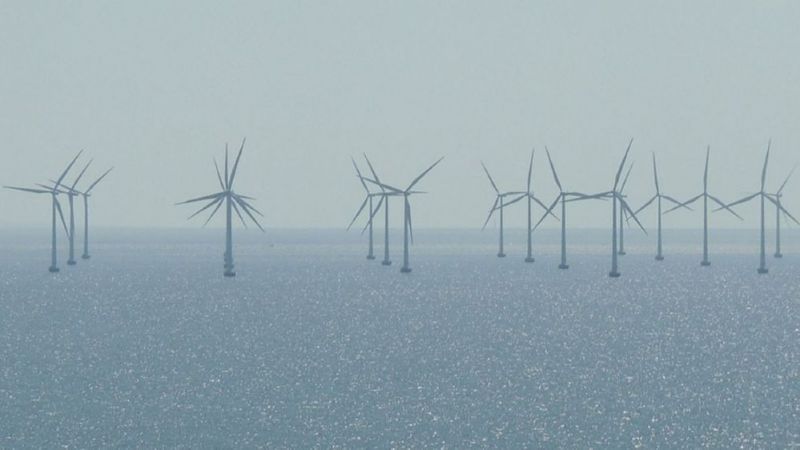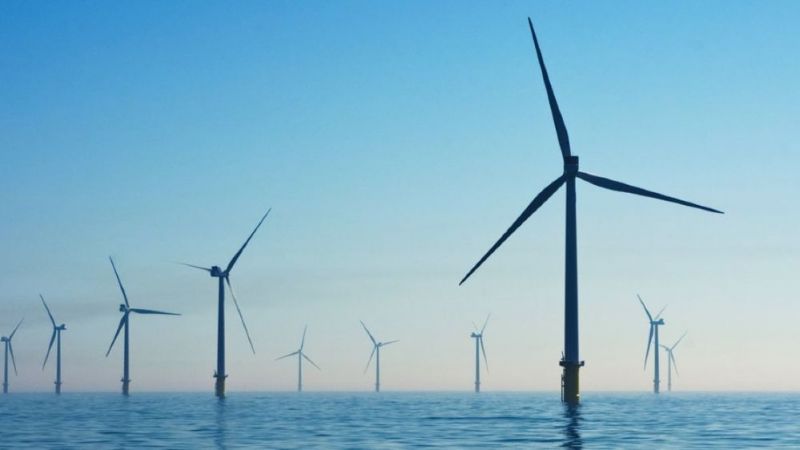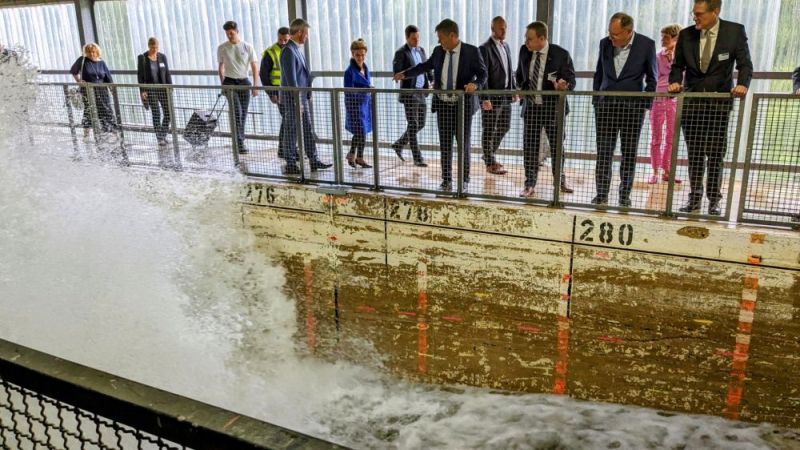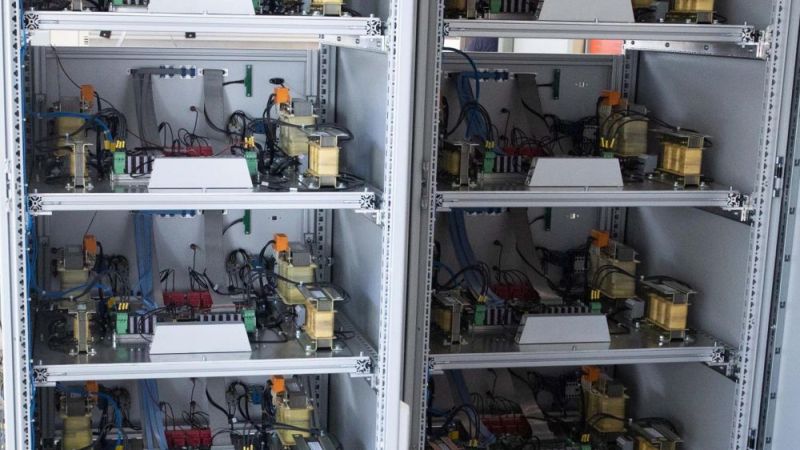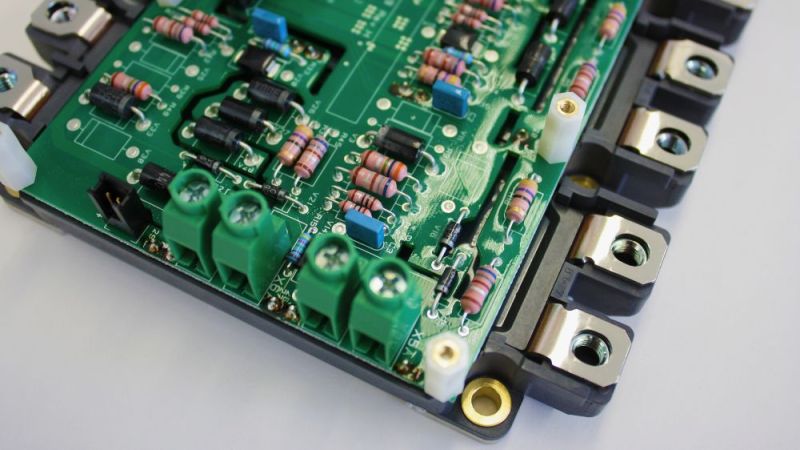Wind power
Offshore wind turbines: New coatings protect against corrosion
Saltwater, gusts of wind and strong swell: Offshore wind turbines are under considerable stress. Their manufacturers therefore place great importance on high-quality materials that can withstand a wide range of weather conditions and reliably and permanently protect the flange connections installed in wind turbines against rust. To achieve this, scientists further developed zinc-aluminium coatings, which are already used for the outside of the towers, and manufactured new spray wires cored with a hard material for stable flange connections.
Corrosion protection for offshore wind turbines
The best way to avoid expensive maintenance work is to ensure that all components are designed to be as robust and durable as possible. In the KOKON II project, which stands for "Reliable corrosion protection for high-stress flange connections in offshore wind turbines", teams of scientists from RWTH Aachen University and the companies Linde, Krebs and Grillo have been researching how to protect such connections safely against corrosion. Flanges are used in the tower, rotor blades and foundation structures as well as in the nacelle. They provide durable, slip-resistant connections of the individual elements. Most flanges consist of an annular disc that couples pipelines together. For these elements, the project teams developed new types of slip-resistant corrosion protection coatings that are also sufficiently hard and durable. In the new joint project, they continued the successful work of the predecessor project KOKON. There, they already developed a zinc-aluminium coating for the outside of wind turbine towers, which is applied through arc wire spraying. The knowledge gained from the previous project cannot be directly transferred to slip-resistant flange connections. However, it forms the basis for further research. The results from KOKON have been directly incorporated into the new DIN EN ISO 2063. The standard specifies requirements for the protection of steel surfaces against corrosion.
Cored spray wires support stable and secure flange connections
Flanged joints place special demands on protective coatings, which are expected to withstand high forces and corrosion for 25 years and longer. For this reason, the scientists adapted the protective layer made of a zinc-aluminium alloy developed in KOKON for this field of application. This was achieved by optimising the material composition of the existing alloy and adding materials such as copper. Spray wires made of the new ZnAlCu alloy successfully passed the subsequent tests and are suitable for coating the flanges. Furthermore, they can be produced economically and applied using arc wire spraying. This is a special coating method. A wire-shaped coating material, the spray wire, is melted and propelled towards the substrate, in this case the flanges, with the help of an atomising gas. There, the material solidifies and bonds to the substrate. To make the particles adhere better to the surface, the substrate is first roughened with a high-pressure water jet. The sum of the solidified particles results in the desired protective coating.
In further investigations, the researchers modified the spray wires and developed so-called cored wires. These are zinc-aluminium wires that are cored with a hard material. They used both aluminium oxide and tungsten carbide. These new spray wires provide a spray coating that withstands greater stresses due to the hard particles it contains. The inert particles have no influence on the corrosive behaviour of the coating.
A new test method from the Surface Engineering Institute at RWTH Aachen University makes it possible to test the new spray coatings of slip-resistant flanged joints directly in the laboratory. The tests showed the potential of the coatings to positively influence the friction values in flange connections. At the same time, the combination of zinc alloys with hard materials provides good corrosion protection. Long-term tests will show whether the coating can permanently withstand the high stresses in the flange.
New high-speed arc wire spraying improves the coating
In industry, metals are usually coated by arc wire spraying. This method is used to apply the melted spray wires to the substrate. Manufacturers use pressurised air as the atomising gas, which flows out through a nozzle and influences the speed of the particles. In the KOKON II project, the scientists further developed the method into high-speed arc wire spraying. Both processes are fundamentally identical, only the compressed air nozzle used has a new design. It makes the gas flow much faster, so that the speed of the sprayed particles increases. The particles become smaller and their temperature drops. This means that they form a denser coating on the substrate, which protects flanged joints more efficiently against corrosion.
Practical test started
The researchers are testing the Surface Engineering Institute's new test method in a long-term study over a period of two years. They explore whether the accelerated laboratory tests are suitable for making qualitative statements about both the alloys developed and the high-speed arc spraying process. They also expect results on whether the new coatings have the necessary market maturity. For this purpose, they store demonstrators with sample material for 24 months in an offshore atmosphere on Heligoland and afterwards examine the coatings of the demonstrators and compare them with the results of the laboratory tests. Work commenced in 2021, so the first results are expected in 2023.
Last updated: 11.10.2021
Krebs Korrosionsschutz GmbH
Rheinisch-Westfälische Technische Hochschule Aachen - Institut für Oberflächentechnik
www.maschinenbau.rwth-aachen.de/en
Linde Aktiengesellschaft


